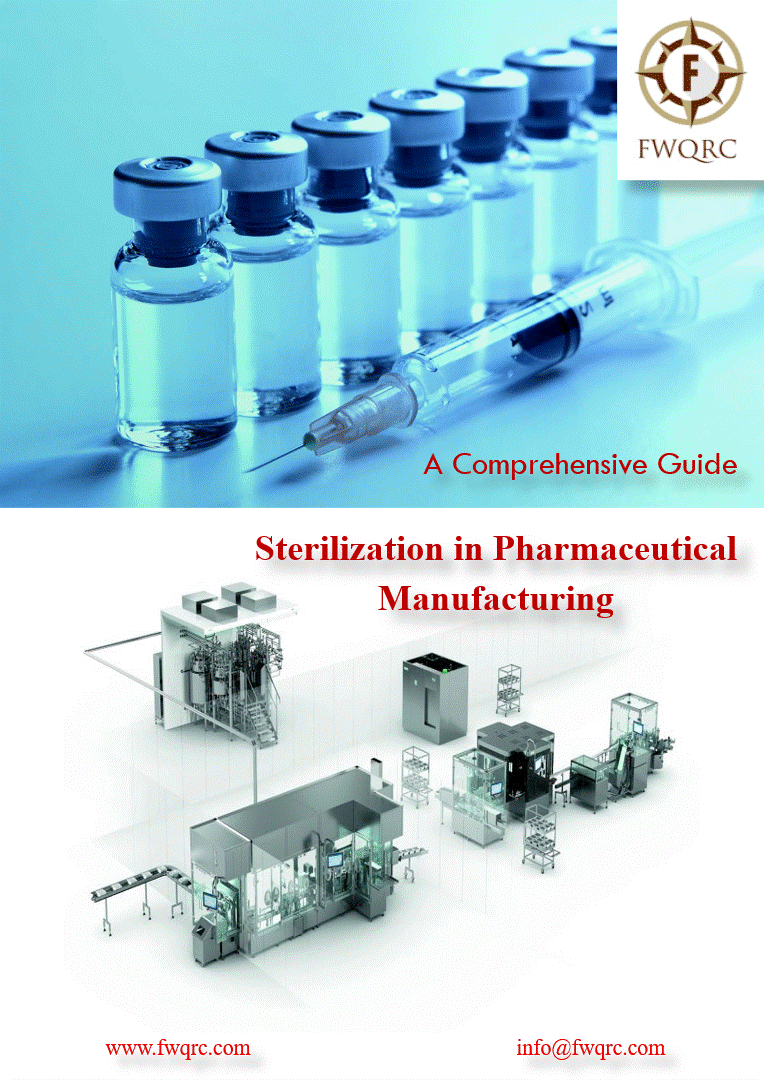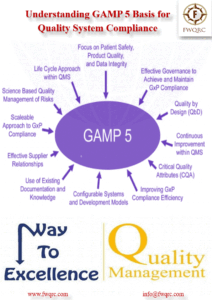#Sterilization is a critical process in the #pharmaceutical industry, ensuring the #safety #efficacy of medicinal products. This blog post will delve into the European Medicines Agency (#EMA) requirements for the sterilization of various components involved in pharmaceutical manufacturing: the #medicinalproduct, #activesubstance, #excipient & #primarycontainer.
The EMA has outlined specific requirements related to #sterility #sterilizationprocesses #asepticprocessing of #sterileproducts #productcomponents. These requirements are part of the #GMP standards that every #medicine #manufacturer must meet in their #production processes.
#Medicinal products, especially those administered via #injection or other #parenteral routes, must be sterile to ensure patient safety.
#Active substances, also known as #APIs, are the components of a medicinal product that exert the intended #therapeutic effect. APIs are often #synthesized under #controlled conditions and may require further #sterilization, especially if used in sterile #dosage forms.
#Excipients are inactive ingredients in a medicinal product that serve functions such as enhancing #solubility, improving #taste, or providing #bulk to the #formulation. While many #excipients do not require sterilization, those used in #sterile medicinal products must be sterile.
#Primary containers come into direct contact with the medicinal product, such as #vials for #injectables or #blister packs for #tablets. These containers must be sterile to prevent product #contamination.
Different Types of Sterilization
#Steam Sterilization: This classical method uses an autoclave and saturated steam under pressure. It is practical, reliable, and widely used for sterilizing medical products.
#Dry Heat Sterilization: Another classical technique, dry heat sterilization, relies on high temperatures to achieve sterility. It is particularly suitable for items that cannot withstand moisture.
#Ionizing Radiation Sterilization: Gamma and electron-beam radiation are effective for sterilizing products. These methods disrupt microbial DNA and render them nonviable.
#Gas Sterilization: Ethylene oxide and formaldehyde gas are commonly used for sterilization. They penetrate packaging materials and effectively kill microorganisms.
#Membrane Filtration: This method involves passing a solution through a filter with tiny pores, trapping bacteria and other contaminants. It’s useful for heat-sensitive products.
#Aseptic Processing: In aseptic processing, sterile components are combined in a controlled environment to create the final product. This method is commonly used for liquid formulations and requires strict adherence to cleanliness and sterility protocols.
Conclusion
#Sterilization is a vital process in pharmaceutical manufacturing, ensuring the safety and efficacy of medicinal products
For more information, please contact info@fwqrc.com





